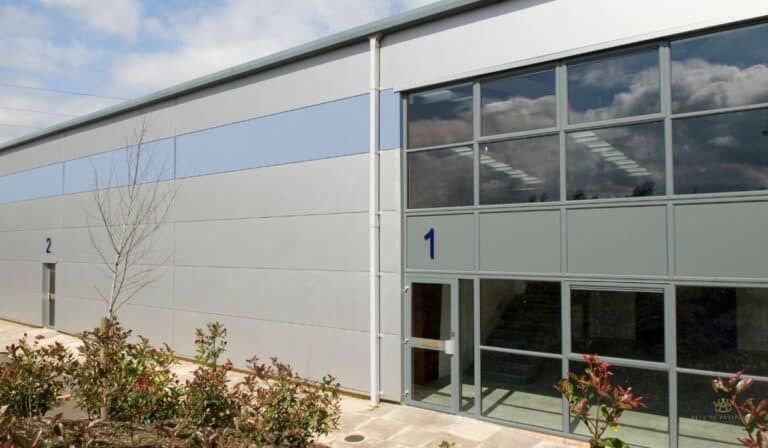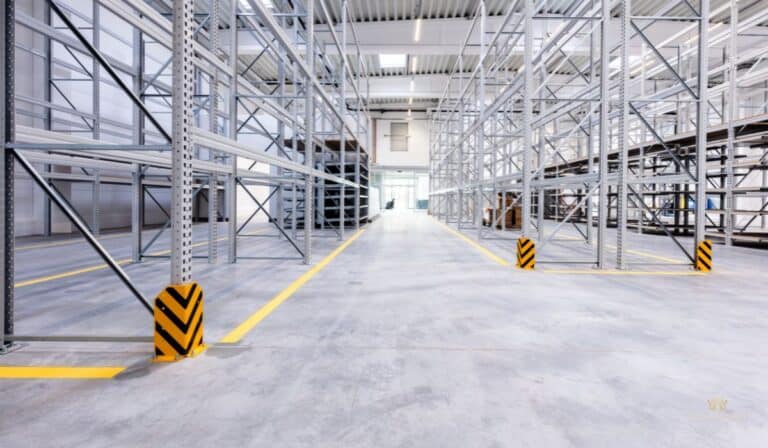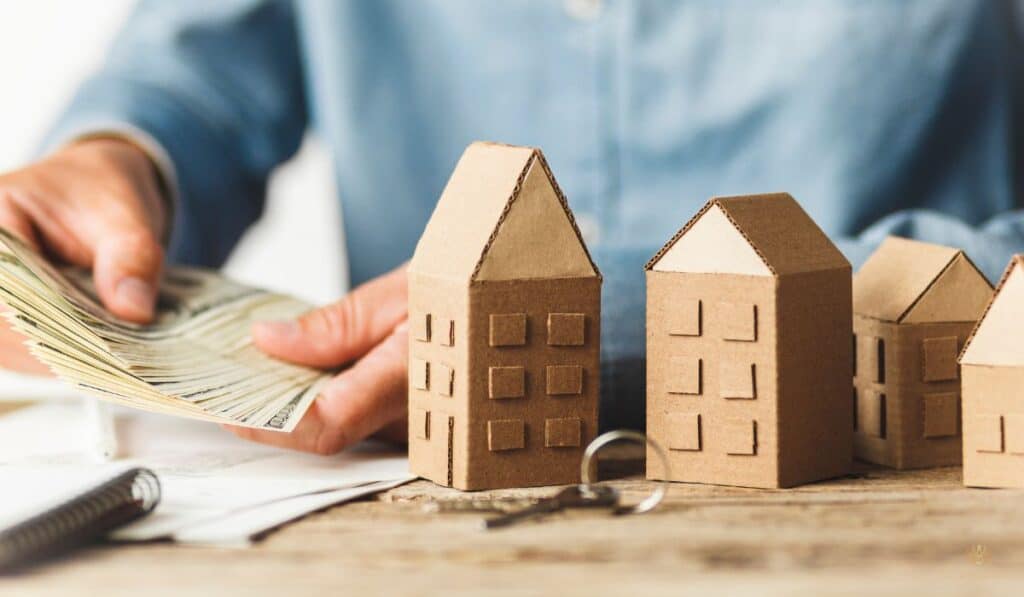
Did you know that leasing activity in the office market is projected to grow by 5% in 2025? Prime office spaces are becoming harder to find, and vacancy rates may return to pre-pandemic levels by 2027.
What does this mean for commercial real estate investors? It highlights the need for accurate commercial property cash flow analysis. This is one of the most critical factors in determining whether an investment property will generate steady income or become a financial burden.
From our experience, miscalculating a property’s cash flow is one of the biggest mistakes investors make. Avoiding that mistake is simple: Understand the difference between positive cash flow and negative cash flow.
This guide breaks down essential financial metrics, including net operating income, debt service payments, and cash on cash return, so you can confidently assess any commercial real estate deals and maximize returns.
If you’re looking to refine your financial analysis, check out our previous article on how to analyze commercial property operating statements. Up next, we’ll explore how to identify value add commercial properties for strategic investments.
For a deeper dive into evaluation techniques, don’t miss our post on how to analyze a commercial property with precision.
Let’s start!
Short Summary
- Commercial property cash flow analysis evaluates real estate investments by calculating income minus expenses
- Net Operating Income (NOI) forms the foundation of property valuation and investment decisions
- Key metrics include capitalization rate, debt service coverage ratio, and cash on cash return
- Success depends on accurately accounting for all operating expenses and realistic income projections
- Strategic lease structuring and cost management can significantly increase property performance
- Consistent, positive cash flow should be prioritized over speculative appreciation for sustainable investing
Understanding The Fundamentals Of Commercial Property Cash Flow Analysis
Let’s start with the basics. Cash flow in commercial real estate investments simply means the money that comes in minus the money that goes out. Sounds simple, right?
However, many investors get this wrong because they focused only on purchase price and potential rental income.
But there’s so much more to the story!
The Income-Expense Relationship
Gross income represents all the money your property generates through rent and other sources. Net cash flow, however, tells the real story: what’s left after you’ve paid all your bills.
We once analyzed a retail property that looked amazing on paper with $500,000 in annual gross rental income, but after accounting for expenses, the net cash flow was barely $50,000!
Key Components Of Your Cash Flow Statement
Your cash flow statement breaks down into several critical parts:
- Rental income from tenants (your bread and butter)
- Operating expenses like utilities, maintenance, and insurance
- Property taxes (which vary dramatically by location)
- Debt service payments on your mortgage
- Capital expenditures for major repairs or improvements
Property Class Matters
The property class (A, B, or C) dramatically affects your income potential. Class A properties in prime locations command premium rents but often come with slimmer margins.
We’ve found Class B properties in up-and-coming areas often deliver better cash on cash return for investors willing to be patient.
Market Influence
Local market trends directly impact your property’s performance. For example, an industrial property value can jump 30% in 18 months due to population growth and shifting economic factors in their region.
The local economy drives everything from vacancy rates to your ability to increase rents over time.
Remember: successful investors don’t just analyze one property in isolation. They understand how all these factors work together in their specific market context.
Calculating Net Operating Income And Key Financial Metrics
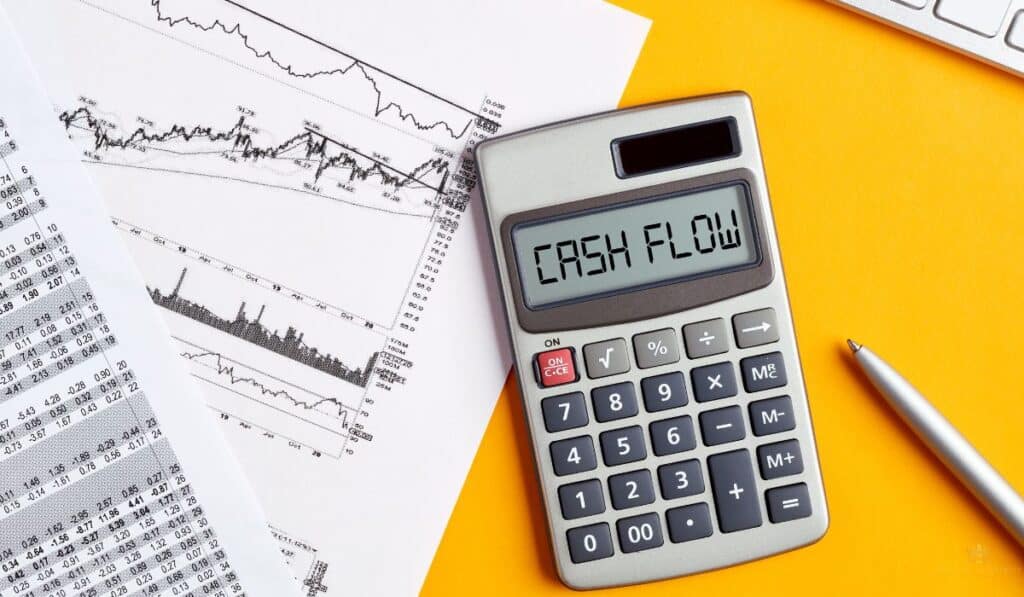
The foundation of any solid commercial property analysis starts with calculating Net Operating Income (NOI). It may sound complicated, but it’s simpler than many think.
Calculating NOI Step-by-Step
Start with your gross rental income – all the money your property generates from rent. Then subtract all your operating expenses. The formula looks straightforward: Gross Rental Income – Operating Expenses = NOI.
For example, a small office building with $200,000 in annual rent minus $75,000 in expenses yields a property’s net operating income of $125,000.
Understanding Operating Expenses
Your operating expenses typically include:
- Property taxes (often 15-25% of your expense budget)
- Property management fees (usually 4-8% of collected rent)
- Maintenance and repairs
- Insurance premiums
- Utilities not covered by tenants
- Legal and accounting costs
Pro tip: Always set aside 5% of rental income for unexpected expenses. This can result in savings if, for example, an owner’s HVAC system fails just months after purchase.
The Power Of Cap Rate
The capitalization rate (or cap rate) tells you the potential return on your investment. Calculate it by dividing NOI by the property’s purchase price or market value.
A property with a $125,000 NOI priced at $1.25 million has a 10% cap rate, which is generally considered quite good in most markets.
Debt Service Metrics
Your debt service coverage ratio (DSCR) measures your ability to cover debt service payments. Lenders typically want to see at least 1.25, meaning your NOI is 25% higher than your annual loan payments.
The loan to value ratio compares your loan amount to the property’s fair market value. Most commercial lenders cap this at 75-80%.
Determining Market Value
We use two primary approaches: comparable sales (recent similar properties) and the income approach (using the cap rate formula backwards). The income approach often gives us the most accurate picture for income generating commercial properties.
Mastering Commercial Property Cash Flow Analysis Guide
Let’s walk through a complete commercial property cash flow analysis using a real-world example.
The Complete Analysis Process
Start with the annual gross income ($320,000 in our case), subtract all operating expenses ($128,000), and you’ve got your NOI ($192,000). Next, factor in your debt service payments – our client secured a $2.1 million loan with annual payments of $152,400.
This left an annual cash flow of $39,600.
Calculating Cash On Cash Return
The magic happens when you calculate cash on cash return. Take your annual cash flow ($39,600) and divide by your exact cash investment ($700,000 down payment + $42,000 closing costs = $742,000).
Our result: 5.3% return in year one. Not terrible, but not great compared to other real estate deals we’d seen.
The Debt Service Impact
Your debt service dramatically affects your bottom line. We’ve seen investors fixate on low interest rates, but term length matters too! A 25-year amortization instead of 20 years would have increased our client’s net cash flow by nearly $12,000 annually.
Evaluating Against Purchase Price
Always compare your expected cash flow against the purchase price. In our example, the $39,600 cash flow represented just 1.4% of the $2.8 million price tag. This raised red flags, as similar properties in the area typically returned 2-3% of purchase price as annual cash flow.
Remember, your projection is only as good as your assumptions! We always double-check rental rates against current lease agreements and verify all expenses with actual invoices whenever possible. The numbers don’t lie, but sometimes the seller’s presentation of them can be a bit… creative.
Strategies For Increasing Cash Flow In Commercial Real Estate Deals
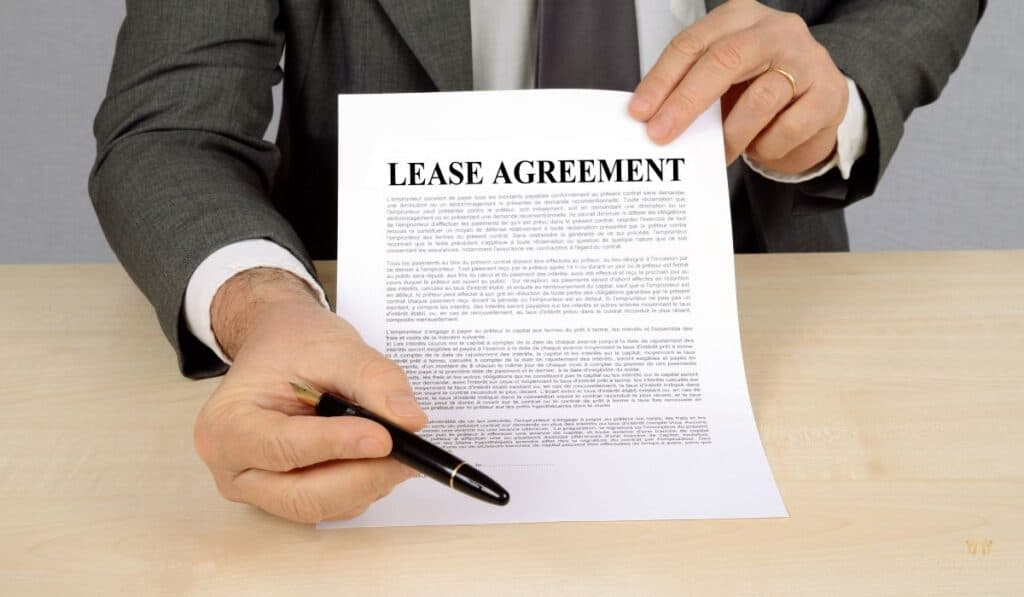
Once you own a commercial property, the fun part begins: boosting your cash flow! Having a positive cash flow isn’t just about raising rents, however. It’s also about making smart, strategic moves that maximize income and minimize expenses.
Here’s how we do it:
Optimizing Lease Agreements
A well-structured lease can significantly improve gross operating income. We look for opportunities to add annual rent escalations, pass through operating expenses to tenants, and sign longer lease terms with creditworthy businesses.
If a property has month-to-month tenants, transitioning them to multi-year leases creates stability and increases property valuation.
As you can see, lease agreements offer multiple opportunities to increase income. Consider adding:
- Triple-net lease provisions where tenants cover taxes, insurance, and maintenance
- Percentage rent clauses for retail tenants (taking a small percentage of sales above a threshold)
- Shorter lease terms in rising markets to capitalize on increasing rents
Cutting Expenses Strategically
Smart cost savings can dramatically impact your bottom line. Look at:
- Renegotiating service contracts annually
- Implementing water conservation measures
- Shopping insurance policies every two years
Proven Cash Flow Maximization Tips
Real estate professionals with decades of experience repeatedly emphasize preventative maintenance. Spending $5,000 on regular HVAC maintenance beats a $30,000 emergency replacement that disrupts tenants and creates missed rent situations.
Focus on items that protect your property’s income: roofing, plumbing, and electrical systems top the list.
Building A Cash Flow-Focused Strategy
The most successful CRE investment strategy prioritizes consistent income over speculative appreciation. We recommend the 1% rule as a starting point: monthly rent should equal at least 1% of your purchase price.
This approach helps ensure sustainable positive cash flow even through market fluctuations and occasional vacancies.
Final Thoughts

Mastering commercial real estate cash flow takes time, but the right strategies can make a huge difference. Focus on increasing income, cutting unnecessary costs, and making data-driven investment decisions.
Small improvements add up, and a well-structured deal today sets the stage for long-term success.
Ready to take the next step? Explore more expert insights and resources on our homepage to keep building your investment knowledge.
Frequently Asked Questions
What Is The Most Important Metric In Commercial Property Cash Flow Analysis?
Net Operating Income (NOI) is the fundamental metric as it shows a property’s income-generating potential before financing costs. This figure drives valuation through cap rate calculations and provides the clearest picture of a property’s core performance.
How Do I Know If A Commercial Property Is A Good Investment?
Look for properties with a cash on cash return of at least 6-8% and a debt service coverage ratio above 1.25. Also ensure the capitalization rate exceeds the current market average for that property type and location, which indicates better relative value.
Can I Improve Cash Flow On An Underperforming Commercial Property?
Absolutely! Focus on optimizing lease structures, implementing strategic rent increases, reducing operating expenses through energy efficiency upgrades, and renegotiating service contracts.
Many investors have transformed marginal properties into high-performers through targeted improvements.
How Much Should I Budget For Unexpected Expenses In My Cash Flow Analysis?
We recommend reserving at least 5% of gross rental income for capital expenditures and another 5% for vacancy/credit loss, even in fully leased buildings. This conservative approach provides a financial buffer against unexpected repairs, tenant turnover, and market fluctuations.


